The age-old narrative of men as hunters and women as gatherers has shaped our understanding of gender roles for millennia. Kimberly Hamlin argues this story is not only fictitious but dangerous, pointing to cutting-edge research which challenges these deeply ingrained assumptions about human development and the natural order.
In prehistoric times, so the story goes, men hunted; women gathered. This gendered division of labour from thousands of years ago explains, supposedly, how and why it is natural for men to lead and women to follow; for men to complete dangerous and heroic tasks while women complete mundane and thankless tasks; and, eventually, for men work outside the home for pay and for women to work inside the home for no pay.
In the 1960s, the academic hypothesis that male hunting was central to early human civilization gave rise to an influential symposium and book called Man the Hunter (1968), edited by anthropologists Richard Lee and Irven De Vore. The publication of Man the Hunter inaugurated the academic field of hunter-gatherer studies and cemented the caricatures of man-the-hunter/woman-the-gatherer in the popular imagination.
___
The twinned myths of man the hunter/woman the gatherer continue to support, both explicitly and implicitly, a variety of social policies and cultural norms that place the brunt of domestic labour on women.
___
But what if that story isn’t true? What if women also hunted? This is precisely what an exciting new study argues, and it has radical consequences for the supposedly naturalistic basis for the gender divide. In “The Myth of Man the Hunter: Women’s Contribution to the Hunt Across Ethnographic Contexts,” lead researcher Cara Wall-Scheffler and her co-authors present data showing that women, of all ages and in all parts of the globe, have always hunted.
This is not the first time that the myth of man-the-hunter has been soundly challenged and found wanting. In the 1960s and 1970s, the feminist backlash against Man the Hunter was swift and multi-pronged, inspiring legions of female anthropologists to enter the field. While men hunted, female graduate students wanted to know, what were the women doing? Hunting provided only a small fraction of the necessary caloric intake, women argued, while gathering is what actually sustained communities.
At a time of pervasive male bias in anthropological research, these critiques of man-the-hunter were often published in new feminist journals, such as Signs, rather than in the leading anthropological and scientific journals, limiting their ability to dislodge man-the-hunter within the mainstream of anthropology or the broader culture. These publications did undoubtedly succeed, however, in adding “woman-the-gather” to the stories we tell ourselves about our ancestral past.
As anthropologists continued to probe the extent to which ancestral men hunted while women gathered, the myth became only more deeply embedded in popular culture and in parts of the academy. Perhaps because this gendered myth tracks so closely with Judeo-Christian origin stories about the primacy of Adam, it was easily accepted as an explanatory model for modern gender relations.












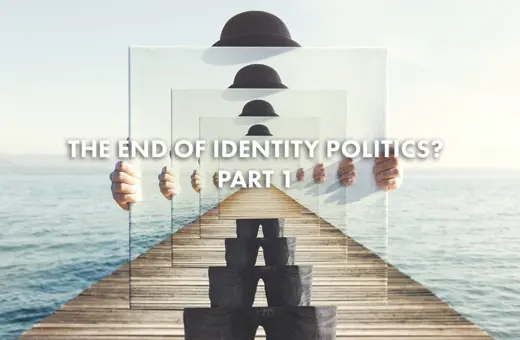
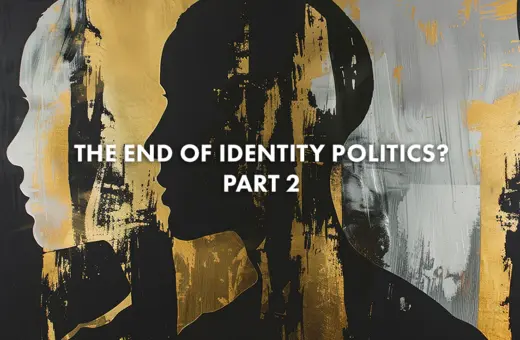
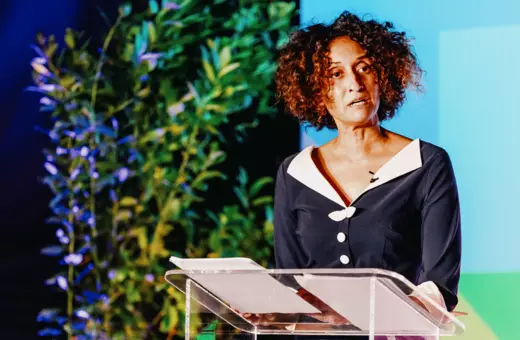
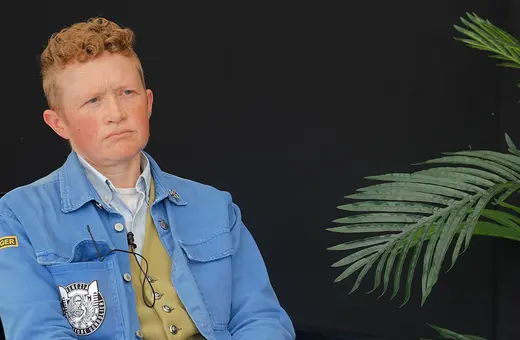
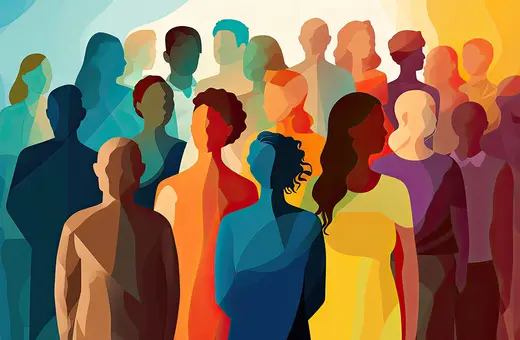
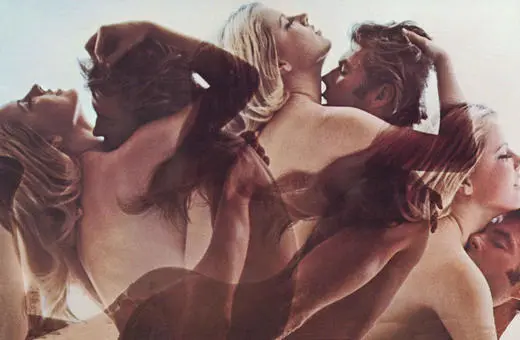

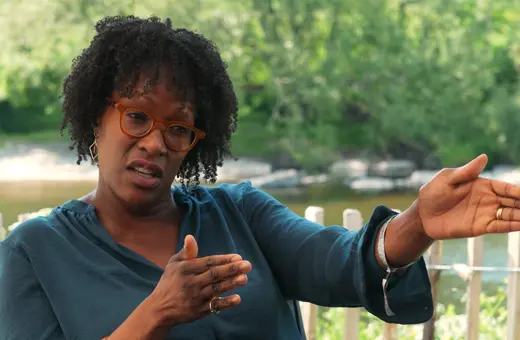
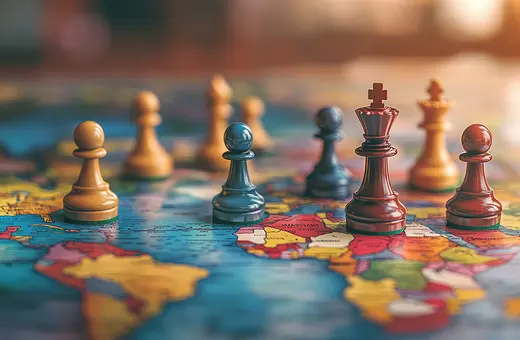
Join the conversation